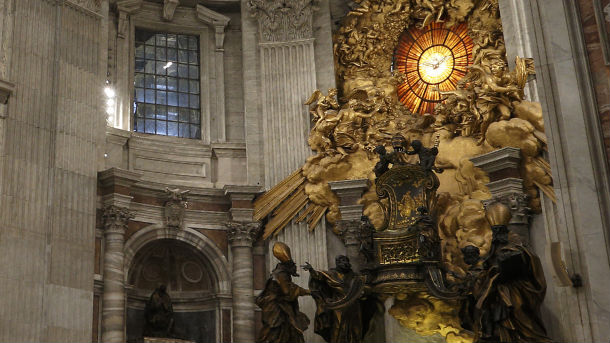

History of Conclaves in the last 100 years
Salt + Light Media
Sunday, March 10, 2013

During the 20th century, the length of papal Conclaves has never exceeded 5 days. On the basis of this precedent, one would imagine that a Pope will be elected by Saturday, March 16. (However, precedents are being broken regularly in Rome in these recent weeks.)
| 1903 -- 4 days, 7 votes (Pope Pius X elected) | |
| 1914 -- 3 days, 10 votes (Pope Benedict XV elected) | |
| 1922 -- 5 days, 14 votes (Pope Pius XI elected) | |
| 1939 -- 2 days, 3 votes (Pope Pius XII elected) | |
| 1958 -- 4 days, 11 votes (Pope John XXIII elected) | |
| 1963 -- 3 days, 6 votes (Pope Paul VI elected) | |
| 1978 -- 2 days, 4 votes (Pope John Paul I elected) | |
| 1978 -- 3 days, 8 votes (Pope John Paul II elected) | |
| 2005 -- 2 days, 4 votes (Pope Benedict XVI elected) |
Related Articles:
<<













